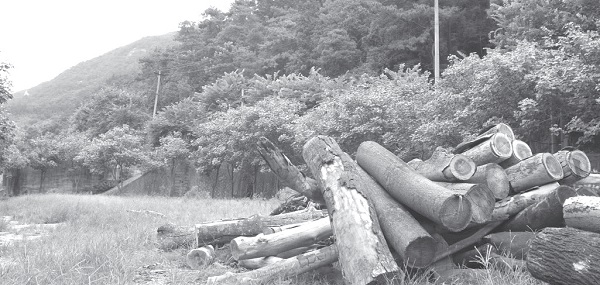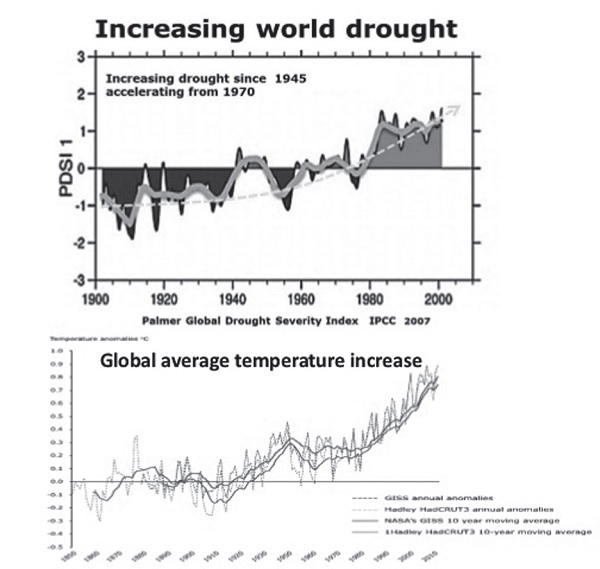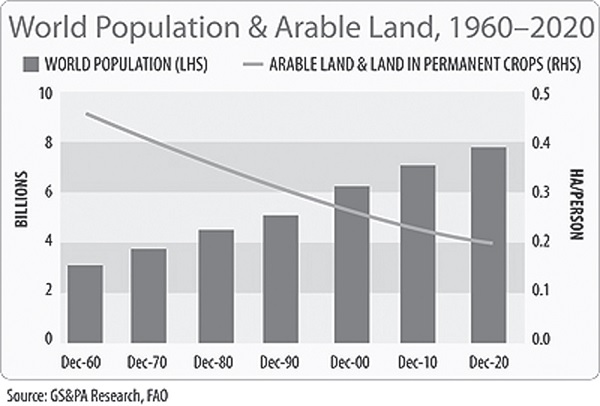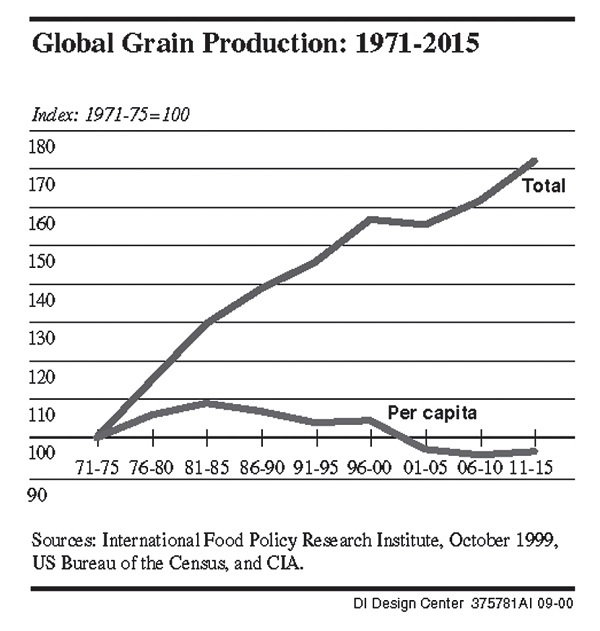The impact of the global environmental crisis on future generations

前言:筆者在《神國雜誌》40期刊載「普世經濟前景對千禧世代的挑戰」一文中曾提到過去兩世紀的快速經濟發展造成幾種影響全球的環境危機。1 該文已經簡述最嚴重的是氣候變遷使地震及自然災害增加,生態面積的估量已經超過地球的負荷能力,人口增長失控、導致饑荒與貧窮惡化以及自然資源的耗竭。這些危機衍生出來許多其他的環境危機,因為篇幅所限,未及討論。本文將上期未克提及的其他環境危機簡述如下,目的在提醒這世代及千禧世代未來的領導人重視這些危機,並設法解決或減緩其危害速度,使下一世代的人在這地球上能安居樂業。
water shortage crisis
The drought in California has lasted for four years. Governor Brown ordered the entire state to save 25% of water for the first time on April 1. Californians can't help but reflect: Do the existing economic development models and water usage habits exceed the limits of nature? "The current way of life cannot continue," said Brown, who studies the environment in Oakland. "There are now 38 million people and 32 million cars in California, and everyone is scrambling to live a comfortable life. This situation has to change." Cooley, director of the Pacific Institute's water resources project, said that Californians originally focused on developing new water sources, but now everyone knows that we have reached the extreme point of increasing revenue, and the focus has become reducing expenditures. ” (Quoted from the United Daily News on April 6, 2015)
二十一世紀水資源缺乏是許多社會及全世界要面對的嚴重問題之一。過去一世紀以來,人類用水量的增長率超過人口增長率的兩倍。水源缺乏是自然及人為的現象。其實地球有足夠的淡水供給七十億人口使用,但由於分配不均、過度浪費、污染及管理不當,造成水源缺乏的問題及危機。2 氣候變遷造成冰山溶解,河水水流量減少,湖泊池塘蓄水量下降,使淡水供給日益減少。
預估未來三十年對水的需求將增加50%,但那時世界許多地區的地下水水位將下降以及大地區將缺水—主要原因是乾旱、大規模灌溉、污染、建立水壩、甚至戰爭。屆時水資源更加供不應求。5 世界每一處的淡水生產率都在減少當中。
根據聯合國全球環境展望報告第四號(2010),「在2025年之前,有18億人口將住在絕對缺水的國家或地區,世界人口的三分之二都有用水困難的情況—也就是無法滿足農業、工業、國內使用、能源及環境的用水需求……」6 而根據一些非政府組織的估計,2015年之前,非洲的二十五個國家將遭受到嚴重的缺水情況。7
global drought crisis
Due to the impact of climate change, the earth is imbalanced—some places are plagued by flooding, while other places are short of water due to drought.
The United Nations World Meteorological Organization (WMO) recently reported that record-breaking heat waves have hit Europe, India and Pakistan for several years due to drought, while North America has suffered more wildfires burning mountains and forests. Preliminary research indicates that this may be related to climate change. According to estimates by United Nations experts and meteorologists, the Middle East has experienced the driest winter in decades due to local crop damage and farmers' livelihood difficulties, which may pose a threat to global food prices. 88
2012年美國農業部即預測國內糧食價格將在次年上升3-4%,而在美國超過上千的郡已經自我定位為受災區。9 最近美國農業部宣稱,因為加州是各種水果、蔬菜、堅果及奶製品的主要的生產地,因此該州的連年乾旱對美國這些產品的供應及價格將在今後帶來負面影響。數據顯示,糧食平均價格從2000年到2015年上漲已經將近一倍。10 由於自然氣候的變化,美國已經避免長期的乾旱,但在未來20-50年可能有持續性的乾旱現象出現。11
Land use and deforestation
Deforestation refers to the removal of forests or woods and the conversion of the vacant land into other uses, such as farms, pastures or urban land. A United Nations agency pointed out that the most common use after deforestation is agriculture. Deforestation is one of the causes of global warming and a killer of increasing the greenhouse effect. Deforestation in the tropics accounts for approximately 20% of the world’s greenhouse gas emissions.

▲Deforestation is one of the causes of global warming and a killer of increasing the greenhouse effect. Image source: https://texasstateaquarium.org/tag/deforestation

▲Figure 1: Global drought crisis and average earth temperature 1900-2010. Source: Palmer Global Drought Survey Index – http://thinkprogress.org/climate/2010/04/14/205781/the-complete-guide-to-modern-day-climate-change/
Conservation International listed the ten most endangered forests in 2011, including the Brazilian Amazon rainforest, the Congo rainforest, the Kenyan forest in East Africa, and the Madagascar forest in Africa. They are all habitats that have lost 90% or more. The most dangerous among them are the forests in India and Myanmar and New Caledonia in the South Pacific, with only 5% biological habitats left; Sunderland (located in Malaysia, Indonesia and part of New Guinea) The general name of the tropical rainforest) and the Philippines (7%). 1212
Desertification
Desertification refers to land degradation when drier land becomes drier and loses moisture, making it unsuitable for growing plants and wildlife. There are many reasons for this phenomenon, including climate change and human factors.
Desertification is currently a serious ecological and environmental problem. Dry land occupies about 40% of the earth's land area, and two billion people live in it, most of whom are poor. It is estimated that the 10-20% area of the dry land has deteriorated into a desert, covering about 6 million to 12 million square kilometers (comparison: the land area of mainland China and the United States is about 9.6 million square kilometers). The residents of the dry land 1-6% live in desertification areas, and one billion people are at risk of further desertification. 1313

▲Drought in California, USA, lasts for four years. Picture source: http://www.weatherworksinc.com/california-drought
Decrease in arable land area
In addition to desertification, the area of arable land has also been reduced accordingly. Millions of hectares of high-quality agricultural land are lost to urbanization every year. McKinsey & Company estimates that over the next two decades, 300,000 square kilometers of prime land in Italy will be occupied by urban expansion. The United Nations estimates that large areas of virgin forest will be cut down to cultivate food to cope with the increase in population; before 2050, the required food will increase by 70%. At the same time, this is happening around the world, converting large swathes of natural land into different uses, destroying ecosystem services such as flood protection and the manufacture of life-saving drugs. 14
The world's arable land is about 15.8 million square kilometers, accounting for about 11% of the earth's land area. Divided by the current world population of 7.2 billion, we get 490 people per square kilometer. If the population increases to 80-9 billion, the number of people per square kilometer will reach 500-580. 15 The area of arable land and the production of food and cereals per person have shown a downward trend due to increased industrialization (especially in developing countries) and increased demand for food due to population growth. 16 (Figure 2)

▲Figure 2: World population and arable land area 1960-2020 http://apfm.net.au/why_invest_in_australia.html
全球廢棄物危機17
The World Bank estimates that the world produces about 1.3 billion tons of municipal waste (garbage) every year, and its amount will rise to 2.2 billion tons every year. Solving the waste crisis requires urgent action to stop the damage to the environment and health. In particular, poor waste management in low-income countries increases the risk. The recycled waste is often lower than 50%. Piles of garbage are piled on the river banks. Burning garbage produces thick smoke. Some garbage is toxic and stinky, attracting flies and rats. Running rampant is very harmful to the environment and health.
The reason for the increase in the amount of waste is population growth, urbanization and economic development, especially the industrialization process in developing countries, which makes the existing waste management system unable to handle the rapidly increasing amount of waste. Newly affluent consumers demand more sophisticated and resource-intensive products (especially electronics). Public waste systems in cities cannot keep up with urban expansion and handle hazardous and specific wastes. Coupled with the increase in waste trade, waste management has become one of the most complex and expensive public services.
Improper management of waste threatens public health by jeopardizing basic human needs, including clean water, clean air and safe food. Improper waste collection can also lead to the spread of disease and improper waste disposal. For example, toxic waste mixed with household waste can be extremely dangerous to cleaning workers, nearby neighbors and the entire environment.
生物多樣化的損失與蜜蜂的消失18
loss of biodiversity
Biological species are facing extinction at a rate that is 1,000 times greater than the natural ecological average. In the past few decades alone, 20% of oceanic coral reefs have been destroyed, others have deteriorated or are on the verge of collapse; tropical rainforests the size of Britain are being cleared every two years. The world is beginning to wake up to the true cost of degradation of the planet's wildlife and resources - the loss of biodiversity - because no one has yet to pay any price. Studies estimate that the economic losses caused by the introduction of non-native agricultural livestock in Australia, Brazil, India, South Africa, the United States and the United Kingdom have reached $100 billion per year. If the issue of biodiversity is not handled carefully, it will pose a great threat to the future survival of mankind itself.
The disappearance of bees
Bee populations have plummeted in recent years, largely due to human measures. The large-scale migration and death of the bee kingdom is a disaster for farmers and human food. Bees, who spread pollen to crops as diverse as apples, blueberries, cucumbers, almonds, walnuts and more, are the basic coagulant that holds agricultural systems together, but this coagulant is unraveling. Bee hives are dying or disappearing in large numbers, possibly due to an unresolved disease called colony collapse disorder (CCD), or due to the heavy use of pesticides, which has forced many bee industries to close. Including new pesticides, neonicotinoids, which may pose a danger to the survival of bees.
When farms become specialized in single crops such as wheat or corn, these crops provide little pollen for foraging bees, causing the bees to starve. If nothing is done to remedy this, the consequence will be that there will not be enough bees to spread pollen for many crops. What is even more worrying is that 100,000 biological species become extinct every year, and bees may disappear with them.

▲Figure 3: Global grain production trends 1971-2015 http://www.wrsc.org/attach_image/global-grain-production-1971-2015
Falling cereal production and food crisis
World cereal production per capita peaked at 342 kilograms in 1984. However, over the years, production has been unable to meet demand, and it is necessary to use the stock accumulated in the past to make up for the gap between supply and demand. Currently, this buffer stock is less than two months. Rising temperatures and falling water levels have reduced grain yields everywhere, but the biggest problem comes from the biofuel industry—generally speaking, solids, liquids or gases composed or extracted from biomass and used as fuel. The biofuel industry is growing at a rate of 20% per year; a quarter of the total corn production in the United States is converted into automotive fuel, and biofuels provide 2.7% of the world's road transportation fuels, mainly ethanol and biodiesel.
The crops used to produce biofuels are broken down by biomass or the land burned for cultivation, resulting in the production of biofuels taking decades or even centuries to compensate for the carbon emitted. In order to produce biofuels, much land is converted into agricultural land, especially the development of new agricultural land, which will damage the ecology. The extensive use of biofuels has also caused food prices to rise and threatened the survival of the poor. 20 (Figure 3)20(圖3)
Conclusion: God’s trust and human responsibility
In his final work, The Radical Disciple (2010), the famous British theologian John Stott (1921-2011), who recently passed away, called on Christians to work hard to maintain what God created for mankind. Earth. He pointed out that God’s redemption plan includes reestablishing the three harmonious relationships between man and God, man and man, and man and nature that He established when He created the world. Therefore, Christians have a responsibility to examine humanity's attitude toward the earth. In addition to being reconciled to God (through Jesus Christ) and to others (by loving one another), humans are also to be reconciled to nature (through stewardship). But so far, mankind has not met God’s expectations since the creation of the world. In terms of making peace with nature, Stoddard mentioned that mankind is currently facing four major ecological crises: rapid population doubling, depletion of natural resources, garbage disposal problems, and the consequences of climate change. twenty one21
This article can echo the four major environmental and ecological crises mentioned by Stoddard, as well as the various crises derived from them. In the final analysis, most of these crises are caused by human factors and are the sequelae of modern economic development in the past two centuries.
These include the increasing demand for food due to the increase in population; the large-scale deforestation in pursuit of economic growth, reducing the area of arable land; the large increase in carbon dioxide emissions due to the pursuit of industrialization and the use of fuel, causing serious air pollution, causing the greenhouse effect and climate change Changes; in order to increase food production, excessive use of pesticides affects human health; the comprehensive effect is the rapid disappearance of tropical rainforests and loss of biodiversity, many organisms are on the verge of extinction, bees are reduced, water sources are scarce, drought areas increase, land desertification, and each person Reduced food production and increased waste.
We must always remind ourselves that God is the Lord of all and controls the universe, including the earth (Psalm 24:1; 115:6). The incomparably beautiful earth was created by God and given to human beings to live and enjoy. God wants humans to multiply, fill the earth, subdue the earth, and manage various living creatures in nature and the entire earth (Genesis 1:26-28), Be good stewards of the earth, so do not abuse its resources or ravage or destroy the earth. Let this earth truly become the wonderful place God gave us to live in.Editor's note: Due to limited space, the original text of notes 3, 4 and 19 has been deleted from this article. The entire original text and annotations will be uploaded to the Kingdom of God website.
 Author profile
Author profile
Wen Yingqian, honorary professor of the Department of Economics and Finance of Donghua University in Taiwan, director of the American Chinese Outreach Ministry of Crown Financial Ministries, director of the Christian Association of God Kingdom Resources and director of the Christian Messengers Association, corporate editor of the talent unit of this magazine and editor of the Messenger magazine committee member.
